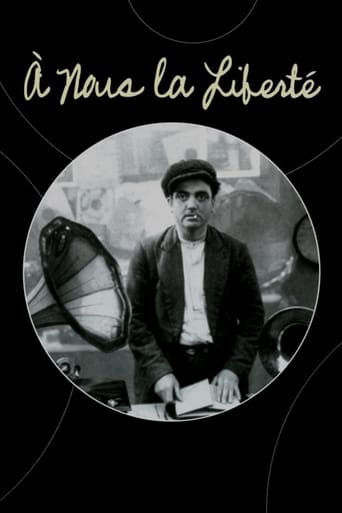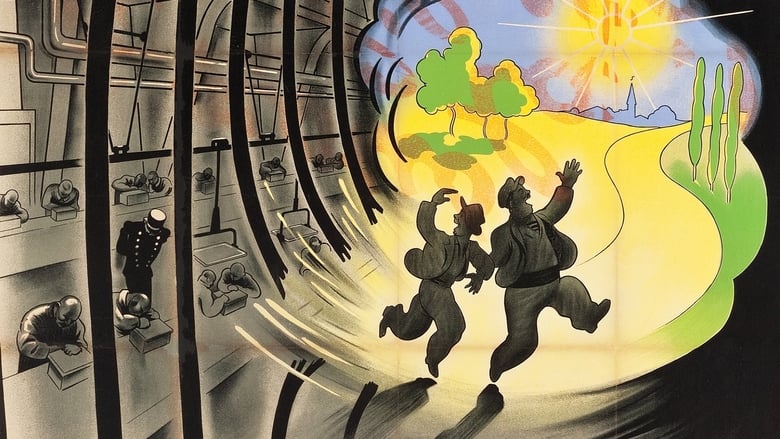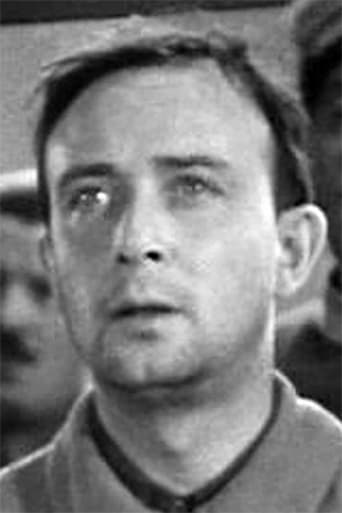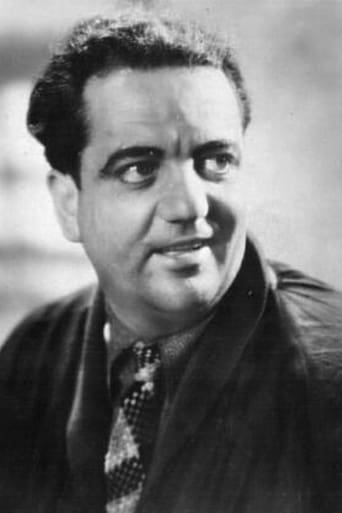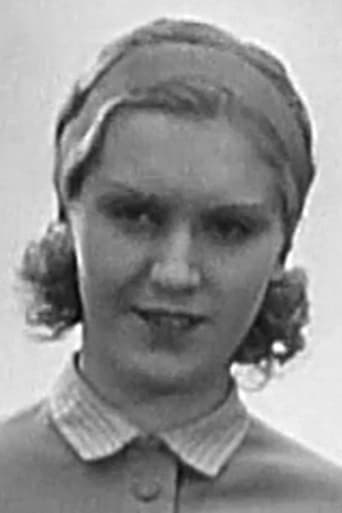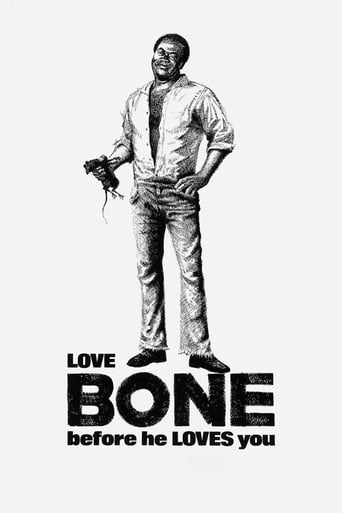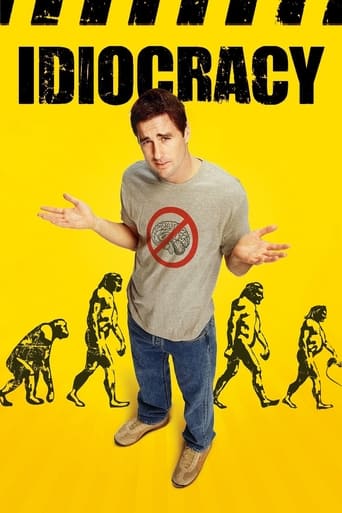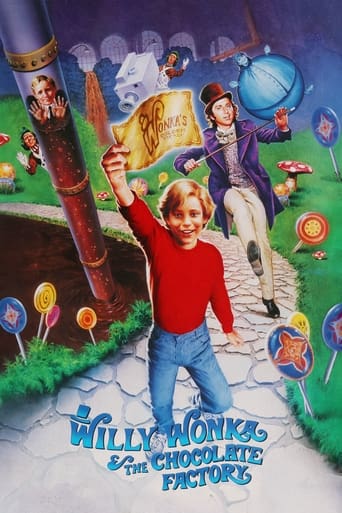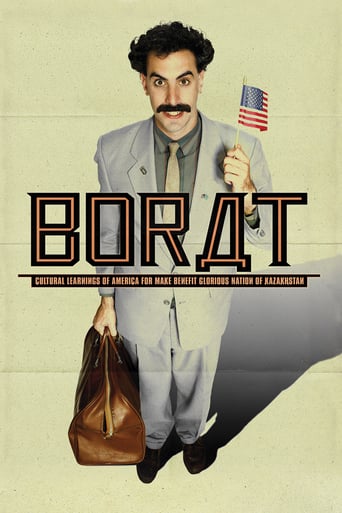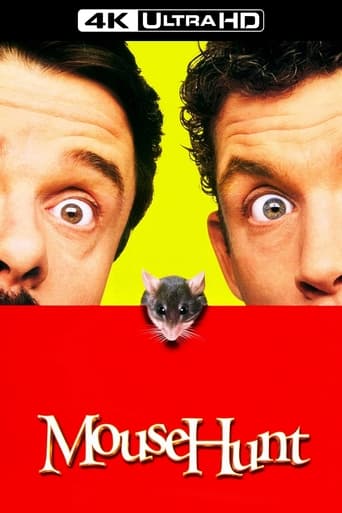À Nous la Liberté (1931)
In this classic French satire, Louis, a convict, escapes from prison and takes on legitimate work, making his way up in the business world. Eventually becoming the head of a successful factory, Louis opts to modernize his company with mechanical innovations. But when his friend Émile finally leaves jail years later and reunites with Louis, the past catches up with them. The two, worried about being apprehended by police, long to flee the confines of industry.
Watch Trailer
Free Trial Channels
Cast


Similar titles
Reviews
Just so...so bad
The thing I enjoyed most about the film is the fact that it doesn't shy away from being a super-sized-cliche;
One of the film's great tricks is that, for a time, you think it will go down a rabbit hole of unrealistic glorification.
A terrific literary drama and character piece that shows how the process of creating art can be seen differently by those doing it and those looking at it from the outside.
René Clair's playful machine-age satire owes a large debt to Charlie Chaplin, who later returned the honor by borrowing extensively from Clair's innovative early sound comedy for his own late, great silent feature 'Modern Times'. But Clair went one step further in his original vision of a clockwork society, choreographing his comedy around recurring patterns, synchronized movements, and endless progressions of the type Buster Keaton loved to invent. The timing is precise, the humor is disarming, and Clair's message is simple: mechanical gadgets may be predictable, but human beings most certainly are not, and the awkward alliance between the two can be a fertile source of amusement.I was fortunate to see À Nous la Liberté on the big screen in the mid-1980s (at the Pacific Film Archive in Berkeley), alongside Fernand Leger's famous abstract short 'Ballet Mécanique' (1924): a patchwork of interesting and largely spontaneous visual ideas and juxtapositions.
In 1931, many of the films made in France were still silents and the industry was several years behind Hollywood. In this context, it's incredible that such a creative and unusual film was released. While it is far from perfect, it's got a lot going for it and is a nice bit of social commentary.The film begins with two prisoners trying to escape from their dull and overly regimented existence in prison. One actually does escape--the other is stuck behind but eventually escapes as well. The first guy goes from escaped prisoner to owner of a huge company producing record players--a real self--made millionaire. The problem is, his factory is run almost exactly like the assembly line from prison shown at the beginning of the film. When the second guy escapes, he is hired by this company and adapts very poorly to this mechanized regimen. There's MUCH more to it than this, but since other reviewers have discussed the film at length, I'll stop in explaining the plot.Interestingly enough, a very similar film came out a few years later from Charlie Chaplin (MODERN TIMES) and the parallels are definitely there. However, director Clair didn't feel offended by this, but the production company instituted a lawsuit against Chaplin. The problem is that imitation IS legal--heck, you can even use the exact same title as another film if you'd really like. PLUS, I noticed that Clair actually borrowed very heavily from Chaplin!! The sympathetic second prisoner is so much like Chaplin's Little Tramp and the parallels here are also quite obvious! The way he walks, the double-takes, the klutziness, the sweetness and his inability in the end to get the girl--all very Chaplin-like--and apparently inspired by THE CIRCUS and several other Chaplin films.I think this controversy is a lousy thing because it obscures the fact that BOTH are excellent films--though I'd definitely give the nod to MODERN TIMES. While derivative, he was able to do so much more with the material--with amazing sight gags that were missing from Clair's film--which was not nearly as funny.By the way, had this film been made just a few years later, it would have gotten a much lower score. But, compared to the films being made in 1931, it is quite the movie.
What a great pleasant treat this movie was! It was an absolute delicious and fun movie to watch.This movie is a well known left-wing satirical comedy, with most excellent timing- and constructed comical sequences and slapstick moments. It also makes its point well; commenting on the coming of the industrial technology and how the common worker becomes the victim of this and on capitalism. René Clair's view on those things becomes all too clear when watching this movie but it's done in such a way that it doesn't distract from the movie or takes anything away of the movie its entertainment value.It's one of the very first real musicals. The songs and sequences that go by it are very fun, which make it pleasant to both look at and listen to.On top of that the movie has a good, well constructed story. It makes this movie so much more than just a fun simplistic comedy of which hundreds got made of in the '30's. No, this movie is far from a simplistic made one. It features many different genre elements and layers. It's a clever movie that hits its mark in an effective- but above all most fun way. The characters are all great and fun to watch. They are well set up and portrayed in the movie. All of them are fun in a different and unique way.The movie had some great and impressive art directing (also nominated for an Oscar) and some great innovative camera-work as well. It's a great looking movie that really pleases the eye. Also the good nimble editing makes the sequences within in the movie work out all just great.Absolutely a great and fun movie to watch, over and over again, without loosing any of its power. It makes this movie a true timeless classic!.10/10http://bobafett1138.blogspot.com/
It's obvious Clair is a Charles Chaplain fan. Movies had come out of their infancy with Chaplain as the comedy pioneer. Today critics are not as enamored with the little tramp as the critics from the Twenties and Thirties, but Rene Clair makes the most of slapstick comedy or should I say he subdues it just enough to find his own signature.Clearly, the new talkies confused comedy directors. A Nous la Liberte, the story of two escaped French convicts, were conceived as a silent film. Then music, songs and spare dialogue was inserted tentatively. The actors, Raymond Cordy as the nuevo rich industrialist and Henri Marchard as the Chaplain like tramp speak sparingly, but they do gesture as silent film actors.Much has been discussed about Chaplain's supposed rip off. City Lights was made five years later and Chaplain and all his production people swore they never saw the French film. Clair himself declared his admiration for Chaplain, his delight that his master would use Clair's material. So this is a bit confusing. The scenes of industrial automation, assembly line inhumanity, were indeed similar in both films. The 20th Century factory was a discussion of that time. Was it dehumanizing or did it provide a better life than the idealized farm memory of the fading 19th Century? Are these films declarations for 1930's Socialism or Fascism? Personally, knowing the politics of Chaplain at least, we can see that the intellectuals preferred Socialism.

